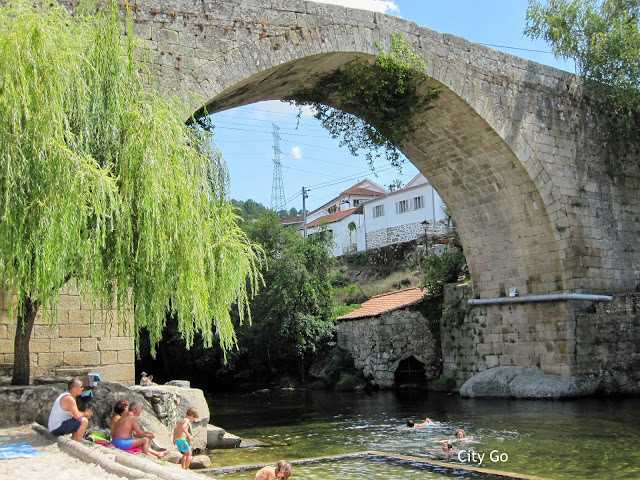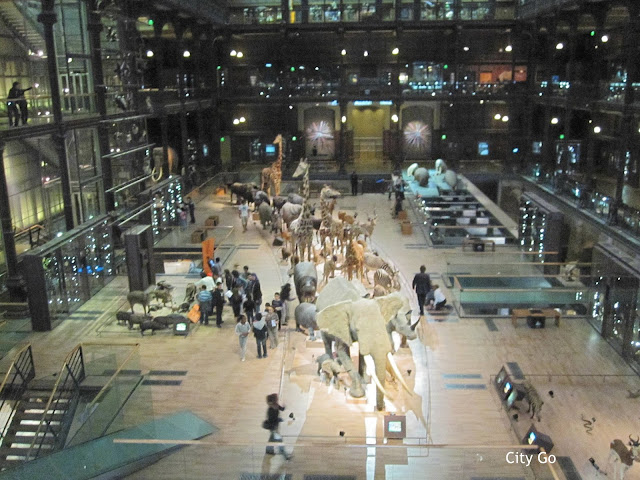Trujillo, Spain

Trujillo had its golden age in the 16th century when the riches from the recently colonized South American territories contributed to building palaces and churches. Plaza Mayor, where most of the new palaces were built, includes an imposing statue of Francisco Pizarro, the most famous conquistador originating from Trujillo. However, the story of Trujillo begins long before, in prehistoric times. It was known as Turgalium during the Roman period when Trujillo was part of the province of Lusitania. It was later colonized by the Visigoths and conquered by the Moors in the early 8th century. After centuries o Moorish rule, Trujillo was definitely recaptured by the Christian armies in 1232. In the following centuries, the most prosperous residents moved out of the castle walls and began building downhill around the Plaza Mayor. How to go: You can take a direct bus from Madrid Estacion Sur to Trujillo, which takes about 3 hours ("Exp...






